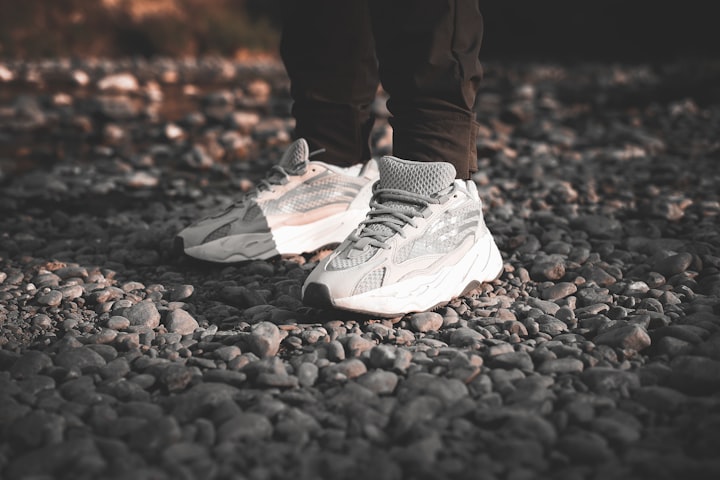Streetwear, once a niche subculture, has now become a global fashion phenomenon. What began as a form of self-expression for marginalized groups such as skaters, graffiti artists, and hip-hop musicians has now found its way into the mainstream fashion industry. The impact of streetwear on fashion has been significant, transforming the industry by challenging traditional fashion norms and inspiring new trends. In this article, we will explore the evolution of streetwear and its influence on fashion.
Streetwear can be traced back to the 1970s and 1980s when skaters and surfers started wearing oversized t-shirts, baggy pants, and sneakers as a form of practicality and comfort while performing their activities. These clothing items were not made for fashion, but rather for functionality. As streetwear grew in popularity, it also became a means of self-expression for the marginalized youth who felt excluded from the mainstream fashion industry.
In the 1990s, hip-hop culture emerged as a dominant force in streetwear, with baggy jeans, oversized sweatshirts, and graphic t-shirts becoming staple items in the urban wardrobe. Hip-hop artists such as Run DMC and LL Cool J started wearing Adidas sneakers, making them a must-have item for their fans. Sneaker culture also emerged during this time, with collectors willing to pay top dollar for rare and limited edition designs.
As the 2000s approached, streetwear started to evolve and become more diverse, with different subcultures incorporating their own styles into the movement. Japanese streetwear became a prominent influence, with brands such as A Bathing Ape and Comme des Garçons gaining popularity. These brands used unique patterns, prints, and graphics, which were not seen in traditional fashion.
In recent years, streetwear has exploded in popularity, with major fashion brands such as Gucci, Louis Vuitton, and Balenciaga incorporating streetwear elements into their collections. This fusion of luxury and streetwear has become known as "luxury streetwear" and has challenged traditional fashion norms. The rise of social media has also contributed to the popularity of streetwear, with influencers and celebrities showcasing their streetwear looks to millions of followers.
The impact of streetwear on fashion has been significant, with many traditional fashion brands incorporating streetwear elements into their collections. High-end designers such as Virgil Abloh and Demna Gvasalia have brought their streetwear-inspired designs to luxury fashion houses such as Louis Vuitton and Balenciaga, respectively. This has challenged the traditional fashion industry and created a new space for streetwear to exist within the luxury fashion world.
Streetwear has also inspired new fashion trends, such as the "athleisure" trend. Athleisure is a combination of athletic and leisurewear, featuring items such as leggings, sweatshirts, and sneakers worn as everyday wear. This trend has been popularized by streetwear brands such as Nike and Adidas, who have designed functional and stylish athletic wear.
In addition to inspiring new trends, streetwear has also had a social impact, challenging traditional fashion norms and promoting inclusivity. Streetwear is often associated with urban youth culture, and its popularity has given a voice to those who feel excluded from the traditional fashion industry. Streetwear is also gender-neutral, with many brands offering unisex clothing options.
However, there are also criticisms of the impact of streetwear on fashion. Some argue that the fusion of luxury and streetwear has resulted in the commodification of street culture and the loss of its original meaning. Others argue that the high price tags associated with luxury streetwear are exclusionary and do not align with the original values of the streetwear movement.
In conclusion, the impact of streetwear on fashion has been significant, transforming the industry by challenging traditional fashion norms and inspiring new trends.
About the Creator
Jawad Ali
As a writer, I am passionate about crafting compelling stories and engaging content. With a love of language and a dedication to my craft, I strive to create work that resonates with readers and leaves a lasting impact.






Comments
There are no comments for this story
Be the first to respond and start the conversation.